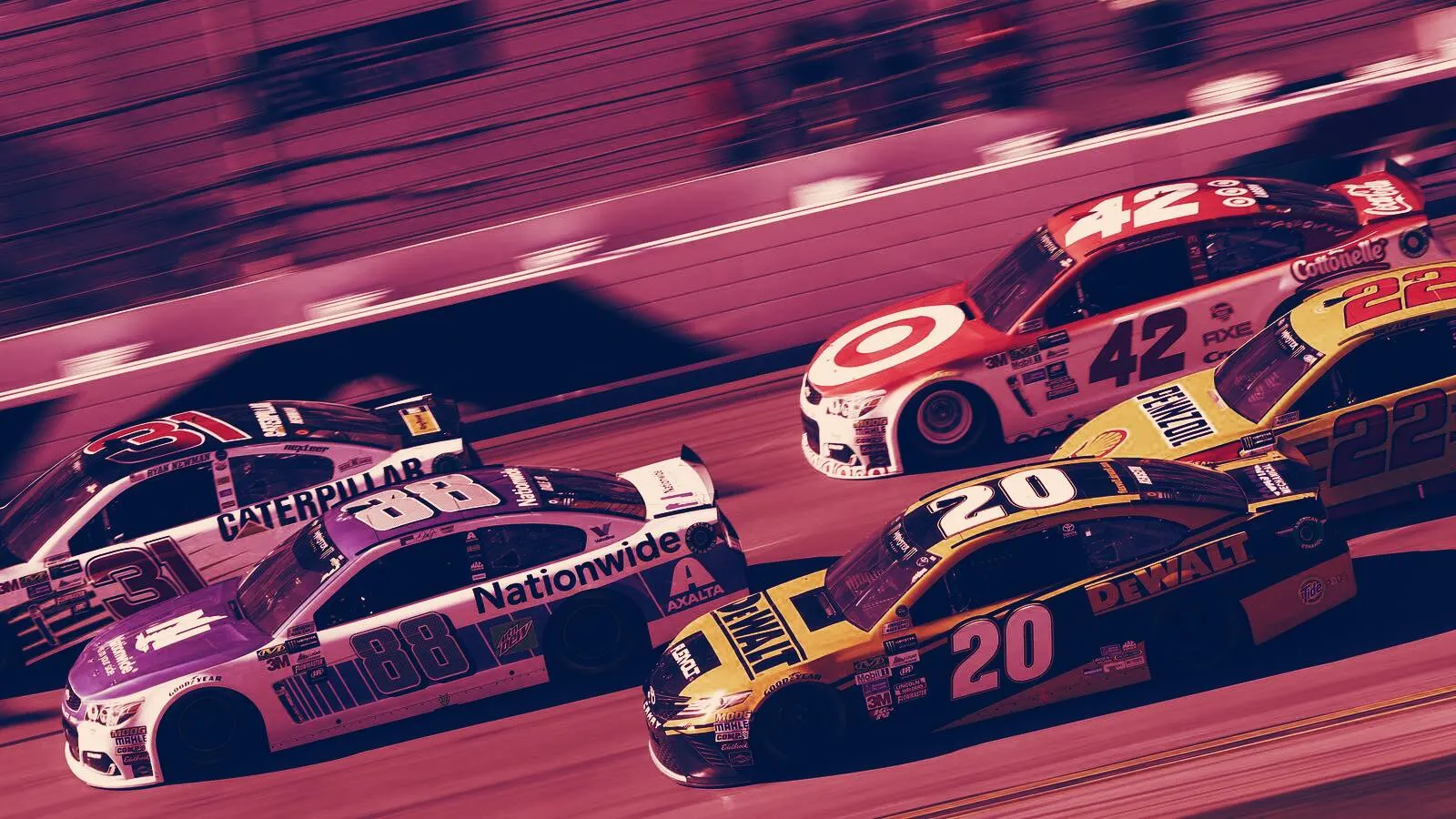This has been one the most curious, quizzical and queerest weeks in crypto—or “best”, for SEO purposes. Hackers stole—and then returned—millions of dollars from dForce; a Bitcoin fan beat actual NASCAR drivers in a virtual race; and a film about Monero topped the US box office. Briefly. On a technicality.
Monero (briefly) tops the US box office
A Monero PR bounded up to me this week with the promise of an “unusual story related to Monero.” Pro-Monero documentary Monero Means Money had topped the US box office. “Can I email you details about it?” the volunteer PR eagerly thrashed into their computer. Go on, then!
And by God did they deliver: “The Monero community created the #1 box office film in the United States this week. It is a Documentary Feature Film that was made to raise awareness for electronic and financial privacy rights while supporting independent cinemas in a time of acute economic need. This is a rare moment in history in which a bootstrapped movie can make such an impact,” read a statement.
The film, which extols the virtues of the privacy coin, grossed just $3,430, falling some way short of Avengers: Endgame’s total of $350 million. It was only a number one smash hit because the Monero community paid for the film’s screening in a handful of independent cinemas. It was screened to… nobody, because everyone was at home due to the coronavirus lockdown.
And Monero Means Money’s triumph was brief. Just hours after Decrypt’s piece went live, the PR messaged to tell me that the figures had been revised. The new reigning champion, Phoenix, Oregon, grossed a staggering $11,479.
dForce hacker (briefly) steals $25 million
Hackers who stole $25 million from a protocol on dForce last weekend this week returned almost all of it. The hackers returned the funds after it became obvious that they couldn’t use the money, which was locked by exchanges. Attached to one of the transactions was a note that read "Better future.”
"The hacker(s) have attempted to contact us and we intend to enter into discussions with them," dForce founder Mindao Yang noted in a blog post this week. A CoinDesk article on April 24 shows that they returned $24 million.
So, how did the hacker manage to get so much money in the first place? On April 14, hackers exploited a known vulnerability within the ERC-777 token standard—using a "reentrancy attack" to drain $25 million from various DeFi protocols within the dForce network. The same exploit was also used to funnel $300,000 from decentralized exchange Uniswap on Saturday; it was also remarkably similar to an exploit used in 2016’s attack against the DAO.
The hack concerned imBTC—an Ethereum-based, tokenized version of Bitcoin that's run by TokenIon on the ERC-777 token standard. Lendf.Me integrated imBTC in January, and its wallets were drained of the token because an exploit let the hacker’s balance suggest that they owned more than they did.
Bitcoin driver (virtually) beats NASCAR champions
On Tuesday, Bitcoin fan and digital marketer Bryan Cook took the chequered flag in a race against (among others) NASCAR champions Dale Earnhardt Jr. and Kyle Busch, in a car emblazoned with the Bitcoin logo. Of course, with the world in lockdown, this was a virtual “iRace” organized by the industry, with a crowd of 50,000 watching.
Cook, who works as a digital marketer and graphical designer for NASCAR team Joe Gibbs racing, was one of 40 racers who sped around the oval in iRacing’s virtual rendering of Lincoln’s Talladega Superspeedway. He took pole position when his real-life colleague, reigning NASCAR champion Kyle Busch, sneaked him into his slipstream. As the finish line neared, Busch and Cook were side by side. It was then that Cook used his experience in sim racing to his advantage, pushing ahead to take the gold.
Cook, 34, has been “a big believer in Bitcoin” ever since he started seriously researching it a few years ago, he told Decrypt. He has even raised the idea to his colleagues at Joe Gibbs racing, the NASCAR racing team that he works for as a digital marketer and graphical designer.
“Having that big logo on the front was a very visible thing to have on a car,” he said.
His interest partly relates to his job: “With graphic design and digital photography, I’ve always wondered, well, if I make a piece of digital art... what will make people want to collect it [or] make it unreplicable?” The art world is way ahead of him. One artist sold a tokenized picture of a golden boombox for $54,000.

